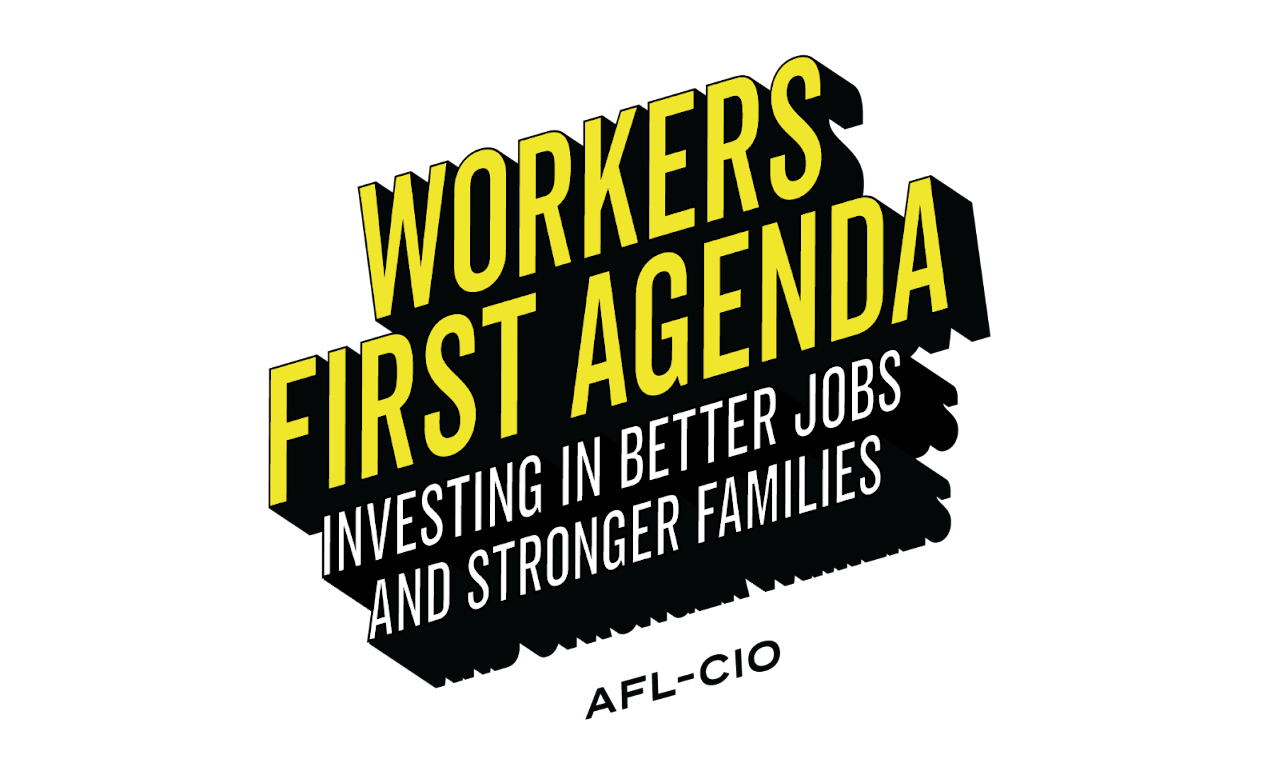 Inflation Reduction Act Is a Significant Win
Inflation Reduction Act Is a Significant Win
President Biden has signed the Inflation Reduction Act into law, a big victory for working families. This law provides much-needed help to millions of workers at a time when families are struggling due to rising costs.
Here’s how it helps:
Lowering Health Insurance Costs
This law lowers the cost of health insurance premiums for 13 million low- and middle-income people who have purchased insurance through the Affordable Care Act.
Lowering Drug Costs
Seniors on Medicare and people with disabilities on Medicaid will see lower prices on many prescription drugs. The ability to negotiate lower prices with pharmaceutical companies is expected to save $99 billion.
Capping Prescription Costs for Seniors
Seniors’ out-of-pocket costs for prescription drugs covered by Medicare Part D will be capped at $2,000 a year. This will take an incredible weight off of the shoulders of older adults who are often living on a fixed income.
Collecting Unpaid Taxes from Wealthiest Tax Dodgers
Taxes automatically come out of workers’ paychecks, and tax compliance among working families is very high. The majority of uncollected taxes come from the wealthiest Americans who have complicated ways to dodge them and the means to do so. For years, the IRS has not had the resources to enforce collection on wealthy tax dodgers. This law will mean an additional $203 billion in previously uncollected tax revenue.
Creating Green Jobs and Helping Fight Climate Change
Analysis by the Labor Energy Partnership, a shared commitment of the AFL-CIO and the Energy Futures Initiative, found the bill will add nearly 1.5 million jobs, and increase per-capita personal income by nearly $4,000, all while transforming our economy to meet the climate crisis.
Building Momentum
This is a momentous step forward, but more work remains. The AFL-CIO will continue organizing to update outdated labor laws through the passage of the Protecting the Right to Organize (PRO) Act, pushing to lower costs for working families, especially women and workers of color, and investing in public education to help the next generation.

